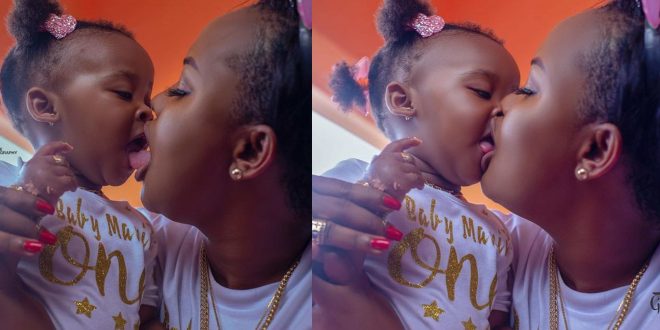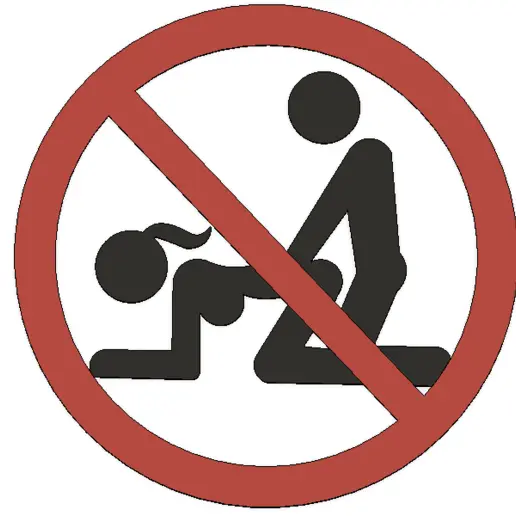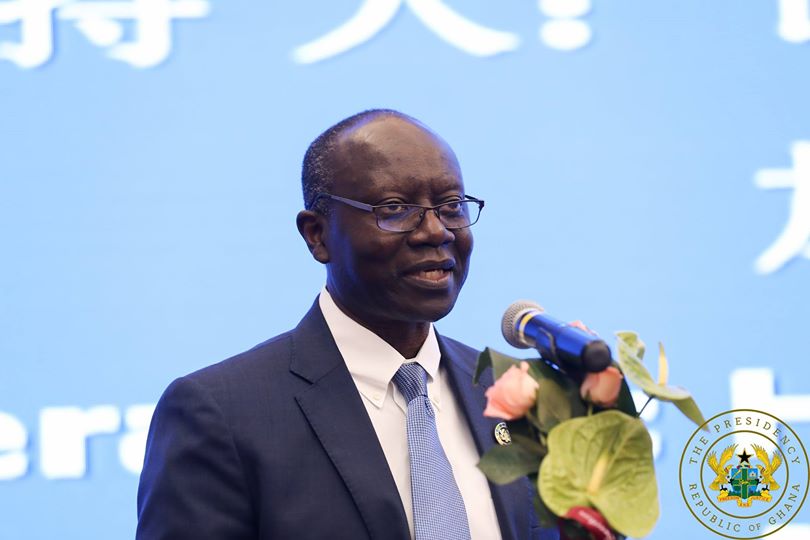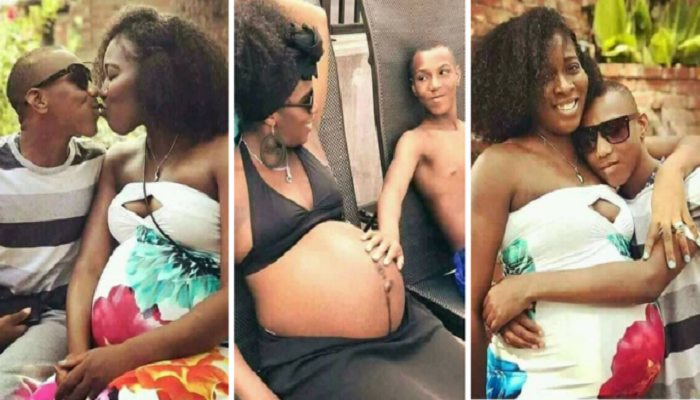Festivals and durbars in Ghana are colorful and vibrant part of the culture, and throughout the year these events are held in various parts of the country, to celebrate the heritage and culture of the people. Below are some festivals and rites observed in Ghana:Festivals are very important historically, religiously, socially, economically, culturally, morally and politically in the lives of Ghanaians.
The Hogbetsotso festival is celebrated by the chiefs and people of Anloga in the Volta region of Ghana Kloyosikplem Yilo Krobo (Somanya), Akwasidae, Manhyia, Kumasi, Dodoleglime, Ve Traditional Area (Ve), Dipo (puberty rite) Odumase Krobo, Gmayem, Manya Krobos, Odumase, Gologo, Talensi Tong-Zuf, Aboakyer, Winneba. Others are Asafotufiam, Ada, Damba, Tamale, Wa, Bakatue, Elmina, Akwambo, Agona Nyakrom/Agona Swedru, Epor, Lolobi-Kumasi,Volta Region, Fetu Afahye, Cape Coast, Kobine, Lawra, Homowo, Accra (Ga-Adangme), Kundum, Axim and Takoradi
HISTORICALLY: It makes the people know more about their history. For instance, the Nyidwoo festival of the people of Esumegya makes the people and for that matter Asantes to know more about their origin. Also, the Homowo Festival reminds the people of Ga-Adangme to know much about how they have come out of hunger by settling at their present day area. It makes the people recollect the noble past of their ancestors, and to express their gratitude to them.
RELIGIOUSLY: The people believe in the existence of the ancestral spirit, hence they ask for forgiveness of offenses committed, petition the supernatural powers for material prosperity, peace and long life. There is continuity between the dead and the living.
SOCIALLY: It serves as reunion of family members, relatives and love ones. At this time, quarrels and misunderstandings are settled. It provides a forum where marriages among people within a particular geographical area can be transacted. The youth at this stage get the chance of arranging marriages, (to court). Besides, the period is characterized by merrymaking and entertainments.
ECONOMICALLY: It brings most of the citizens together, which helps them to initiate development projects and to contribute financially towards these projects. Visitors who also come to witness the festival contribute economically to the community.
POLITICALLY: It gives the people chance to assess the efficiency of their chiefs, and citizens who left the town for so long a time return to see whether the traditional ruler (the chief) had implemented development projects agreed upon. Homage is paid to the chiefs. sub-chiefs also renew their allegiance to their immediate over lord. For example, local chiefs renews allegiance to paramount chief (Omanhene) and in Asante Omanhene to the Asantehene.
Minister of state and other government officials take advantage of the festival, which has brought a lot of people (Citizens) together, to announce development projects, government policies to the people, and to educate them on important issues concerning the people of the locality, town or area.
CULTURALLY: The rich cultural heritage of the people is usually being displayed or manifested during festivals. For example the Asante chiefs are dressed in the traditional Kente cloth, gold ornaments and carried in palanquins, particularly the Asantehene or the paramount chiefs (Omanhene), to showcase the history and cultural heritage of the people. Ghanaian hospitality can also be observed during festivals. The people speak and relate to others portray their culture of friendliness.
MORALLY: It strengthens the people to play their roles as good citizens, provides a forum where the chief must be more effective, morally upright, and
accountable to the people. For instance, the Apoo festival celebrated by the chiefs and people of Techiman traditional area gives the people chance to talk about the inefficiencies of the chief as well as his ill doings. It again reminds the youth to lead morally acceptable lifestyle so that, they may grow to become good and responsible people, whose lives would be worthy of emulation by others.














